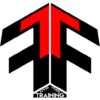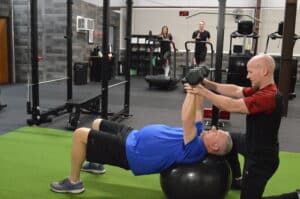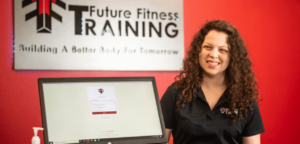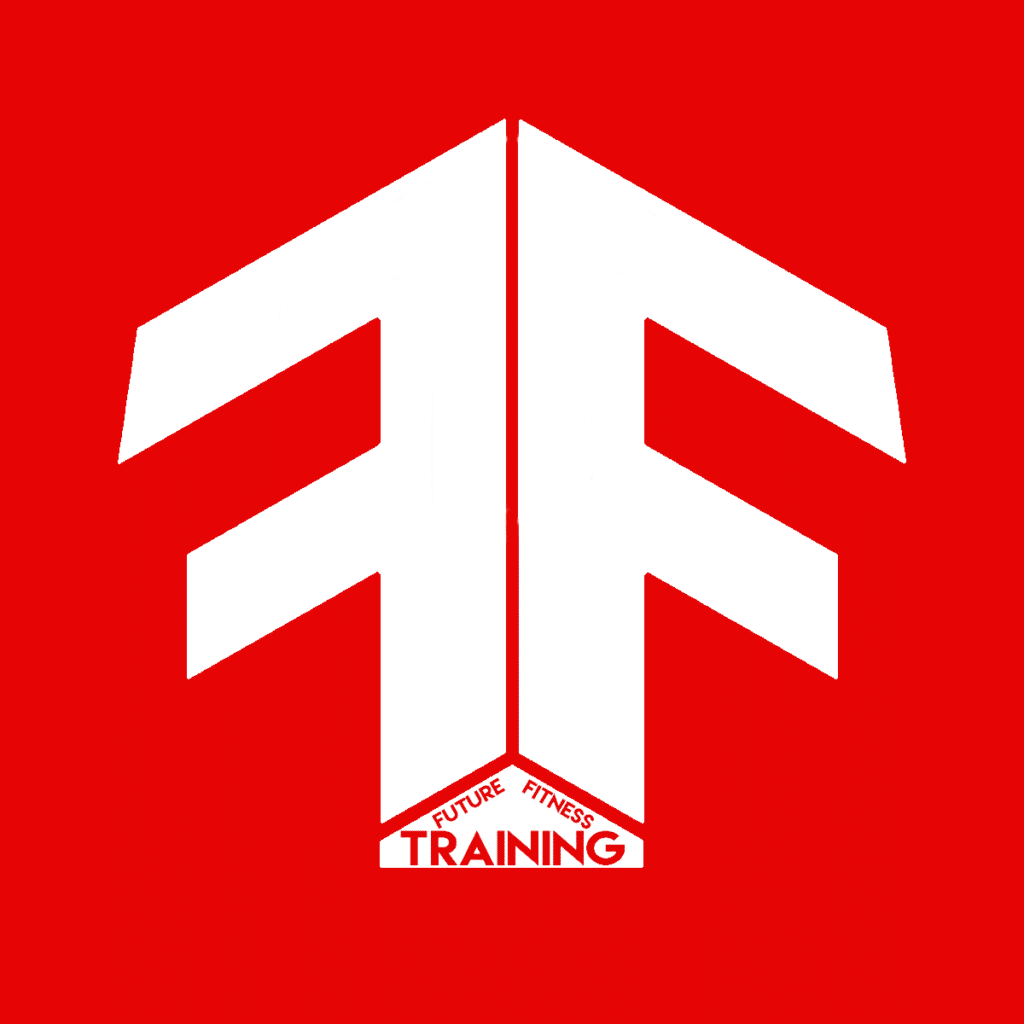Does this scenario sound familiar?… You wake up in the morning after your in-club training session, and as you rise out of bed, a sudden pain blasts through your muscles. Everything tenses. The pain makes you feel stiff as you wobble out of bed to start your day. Post-workout muscle pain can be a frustrating experience, especially if you have a busy and active life.
Luckily, there are a few proven ways to relieve muscle pain. In fact, these simple strategies I’m about to share can quickly alleviate your soreness so you can get on with your life. Keep reading to learn 7 quick fixes that can help you relieve muscle pain.
Importance of Understanding Muscle Soreness
Soreness can be felt anywhere in the body. Your neck, legs, arms, hands, back, etc., are all susceptible to muscle pain. Moreover, anyone can experience it, whether you’re new to working out or you’re a seasoned gym rat. It’s typically the result of over strain or overuse of a particular muscle group. There are a couple of types of muscle soreness you should be aware of.
Acute Muscle Soreness Explained
Acute muscle soreness can be described as a painful burning sensation that you feel during or immediately after a workout. It’s usually caused by an accumulation of metabolites combined in your muscles during a high-intensity training session. The good news is that this type of muscle soreness subsides on its own quickly. So, it typically doesn’t warrant any worry or concern.
A few things to be aware of with acute muscle soreness include:
- Taking anti-oxidant supplements may help relieve muscle pain
- Trying heat therapy post-workout may support muscle recovery
- You can use light aerobic exercises (like jogging or walking) to cool down
- Eating inflammatory foods (such as ginger or pineapple may help)
In general, muscle soreness won’t last any longer than 3 to 5 days. However, if the pain is chronic (lasting for a week or longer), you may want to seek assistance from a medical professional. Chronic symptoms may be the result of a more serious underlying issue.
Delayed Onset Muscle Soreness (DOMS) Overview
Delayed onset muscle soreness (or DOMS) is pain felt in a particular muscle group after a training session. You’ll typically feel it a day or two post-workout; it’s not something you notice while you’re training. That would be acute muscle soreness, as I explained above. Here are a couple of indicators of DOMS:
- Temporary loss of strength
- Muscle pain, swelling, and fatigue
- Tender and sensitive muscles
- Tight and contracted muscles (most noticeable when stretching)
As unfavorable as delayed onset muscle soreness is, it’s actually a good thing. Intense workouts cause microscopic tears in your muscle fibers. Your body reacts by producing inflammation, resulting in DOMS, which then leads to your muscles healing into a stronger and more robust condition.
7 Quick Fixes to Relieve Muscle Pain
While muscle soreness can’t be entirely avoided when training (especially if you lofty fitness beyond simply getting in shape), you can take proactive steps to reduce your soreness level during the process. Here are 7 simple, quick fixes that can help you to relieve muscle pain.
1. Ensure You Stay Hydrated
Physical activity causes your body to excrete its fluid reserves. As a result, it’s essential to replace them quickly after an intense training session. Keep a water bottle handy at all times while at the gym. Ensure you’re taking regular swigs to stay hydrated before, during, and after your workout. Water is critical to supporting your metabolic function.
Some of the benefits of proper hydration for muscle recovery include:
- Reduced inflammation
- Increase in blood flow
- More efficient delivery of essential nutrients
Water ensures that your body remains the well-oiled machine it was designed to be. However, this effect can only occur if you work with it instead of against it. So, drink an adequate water supply daily—not just to relieve muscle pain but for your general health.
2. Stay On Top of Your Nutrition
Nutrition should always be a priority. However, it becomes even more important in the context of recovery. Consuming a healthy, nutrient-rich diet post-workout helps restore glycogen stores, hydrate your system, and repair damaged muscle tissue. As a result, your diet is crucial for you to recover as quickly as possible from a strenuous workout.
Some dietary options to try include the following:
- Lean protein: Tofu, Greek yogurt, chicken, and turkey breast are all excellent choices for lean protein that can aid in muscle recovery. Consider prepping a few of these meals in advance before training sessions to help speed up the process even more.
- Anti-inflammatory foods: This food category is crucial when trying to relieve muscle pain. Be sure to consume a good dose of raspberries, strawberries, blueberries, and blackberries. All of them help to support muscle recovery.
- High-carbohydrate foods: Consuming carbs post-workout can help to replenish your glycogen reserves. High-carbohydrate foods include oatmeal, whole-grain bread, sweet potatoes, and chocolate milk.
Whether you’re consuming chicken and eggs (your proteins) or oats and whole grains (your carbs), the proper post-recovery diet is essential to accelerating your muscle recovery. For this reason, it’s critical to prioritize a healthy nutrition plan to supplement your training regime.
3. Use Foam Rollers and Massage Tools
Foam rollers and massage tools are self-myofascial release (SMR) practices. They can help relieve muscle pain, soreness, stiffness, and inflammation. Moreover, with consistent use, they may also help increase joint flexibility and bodily range of motion. Foam rollers are effective aids that can be added to cool-downs or warm-ups.
Conversely, massage tools can support tension alleviation in sore muscle groups post-workout. Here are a few foam rollers and massage tools for you to consider:
- Low-density foam rollers
- Short foam rollers
- Bumpy foam rollers
- Firm foam rollers
- Electric back massager
- Manual lower back massager
- Hand and foot massagers
- Electric massage gun
Massage tools and foam rollers are excellent for improving mobility, reducing stress, aiding soreness, and increasing circulation to relieve muscle pain. As a result, it’s worth considering them as aids to your healing process.
4. Practice Active Recovery to Relieve Muscle Pain
The common approach to managing muscle pain is to relax and take time to recover. And yes, that’s important; however, contrary to conventional wisdom, it’s actually vital to keep your body moving. In fact, studies have shown that exercising—while dealing with delayed-onset muscle soreness from a previous workout—can be an effective method of relieving muscle pain.
Continuing with your training regime increases your levels of serotonin and opioids in your central pathways. This evidence suggests that exercise uses your endogenous inhibitory systems to minimize pain. The caveat, however, is that it has to be a light exercise.
For example, you can try out these low-intensity workouts:
- Yoga
- Swimming
- Foam rolling
- Lighting jogging
- Casual walking
- Stretching
- Bicycling
- Dancing, etc.
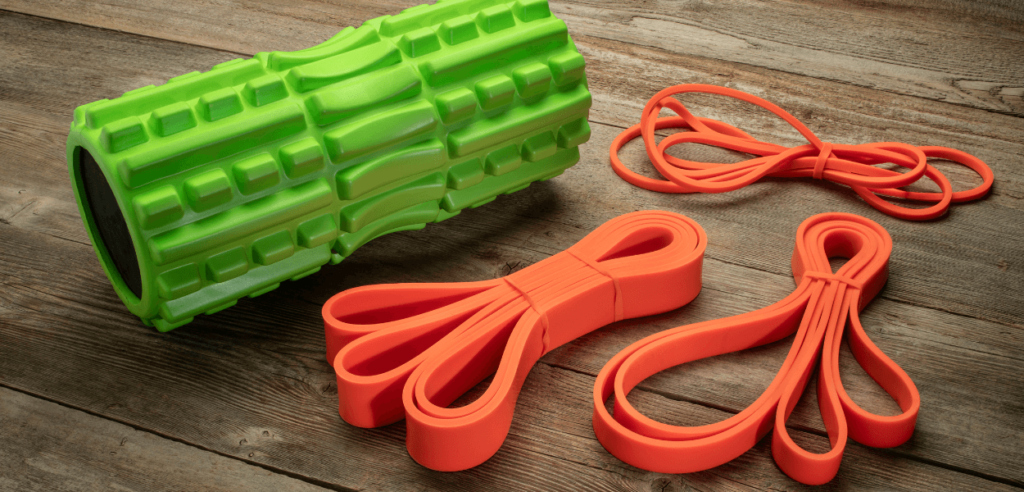
These light, low-intensity workouts are what we refer to as active recovery. Whether you’re doing online training or an in-club workout, your body needs a “cool-down” period. The idea is to keep your body physically active so it doesn’t atrophy. As a result, when you do return to more high-intensity workouts again, it’s not a shock to your system.
5. Get Feedback From Your Personal Trainer
Relegating your questions and concerns to Google or YouTube queries can be tempting. However, those platforms don’t know your unique situation, fitness goals, or workout plans. As helpful as they are, they are limited in their ability to help. That’s where your personal trainer comes into play—they’re an invaluable resource you can access anytime. So, if you’re trying to manage muscle pain and have questions, ask your trainer.
Your personal trainer can help you by:
- Changing the workout plan to accommodate your muscle pains
- Offering personalized advice to aid in recovery
- Recommending exercises, stretches, or supplements based on your injury
- Guiding you through other workout variations
Your trainer can provide personalized advice to relieve muscle pain. And the best part is that you don’t have to question their credibility, as they will likely have extensive training and education. For example, at Future Fitness Training, all of our personal trainers are certified, educated, and available when you need them.
6. Make Some Everyday Adjustments
Another idea to relieve muscle pain is to make little adjustments to your everyday life. Many people may see this idea as trivial. However, little everyday adjustments can make a massive difference in your recovery. As they say, “It’s the little things that add up and compound into the big things.”
Here are some everyday, micro adjustments you can make to relieve muscle pain:
- Use proper form: Improper technique makes your workouts inefficient and more difficult. It also puts you at risk of injury. This is another micro adjustment that can have a massive payoff in terms of injury prevention, achy muscles, and post-workout soreness.
- Consider peppermint oil: While peppermint oil may seem a little unconventional, it’s been proven as an effective solution for joint irritation, headaches, and, yes, even muscle pain. Simply apply a few drops to a wrap or towel and place it on your sore muscles. Keep it wrapped for 20 minutes. The peppermint oil provides a cooling sensation that will help relieve your muscle pain.
- Try resistance-band stretching: Another way to relieve muscle pain is resistance bands. They offer a slight touch of resistance that engages the sore muscles without overworking them. This can be an effective supplement to aid with muscle recovery.
- Find proper footwear: Your shoes are essential for reducing strain and preventing muscle injury during a workout. Ensure your shoes are comfortable and properly support your legs and back.
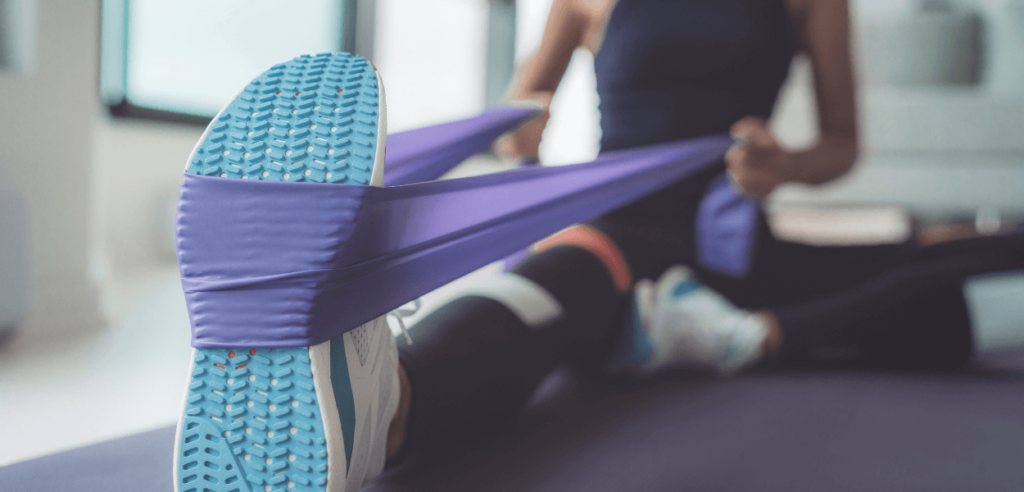
All of these methods are quick and easy micro-adjustments. Yet, they can have a drastic effect on relieving muscle pain. For this reason, it’s worth your time and consideration to try some of these ideas and experience the results for yourself.
7. Heat and Cold Therapy to Relieve Muscle Pain
Cold and heat therapy are both useful methods for extreme muscle soreness. Their contrasting effects on the body explain this. For example, heat increases nutrient and blood circulation throughout the body. This natural process helps loosen tight muscles. It’s most effective for morning stiffness or warming up your muscles before physical activity. So, take a warm bath or a hot shower and bask in the water’s warm embrace a little longer to relieve muscle tension.
Conversely, cold therapy slows blood flow to reduce pain and swelling to provide relief from muscle soreness. So, try taking a cold plunge or simply a cold shower to experience the advantages of cold therapy. Whether you have joint pain, a stiff neck, or muscle fatigue, this can be an effective remedy to help you relieve pain from muscle soreness.
Final Thoughts to Help You Relieve Muscle Pain
Regardless of your fitness routine or experience level, muscle strain is to be expected at some point. The good news is that there are plenty of things you can do to aid the recovery of muscle function. From engaging in light activity and rest days to having proper nutrition and a hot bath, there’s so much you can do to combat post-workout muscle soreness.
And the best part is that if you need guidance, we can help. At Future Fitness Training, our entire staff is certified and here to help you reach your health and fitness goals. So, if you’re ready to build a better body for tomorrow, contact us today for a complementary fitness assessment.
